Exploring the World of Observation Bee Hives: A Window into the Fascinating Lives of Bees
Observation hives stand as remarkable tools that offer a unique glimpse into the intricate world of bees.
Through transparent panels, these hives provide an unobtrusive yet captivating view of the bees' daily activities.
From educational institutions to beekeeping enthusiasts' backyards, observation hives serve a multitude of purposes, fostering understanding, research, and appreciation for these essential pollinators.

Unveiling Nature's Workings:
Viewing hives serve as captivating educational tools, offering an up-close and personal encounter with the bustling life within a bee colony.
By observing bees as they forage, communicate, and nurture their young, viewers gain invaluable insights into the complex social structure and behaviors of these remarkable insects.
The transparent panels of observation hives act as windows into a world filled with teamwork, communication, and industriousness.
Insights for Research and Conservation:
For researchers and scientists, these hives are invaluable resources for studying various aspects of bee biology and behaviour.
From investigating foraging patterns to understanding the impact of environmental factors on bee colonies, these hives provide a controlled environment for conducting insightful studies.
Additionally, they contribute to conservation efforts by offering a deeper understanding of the challenges facing bee populations, such as habitat loss and pesticide exposure.
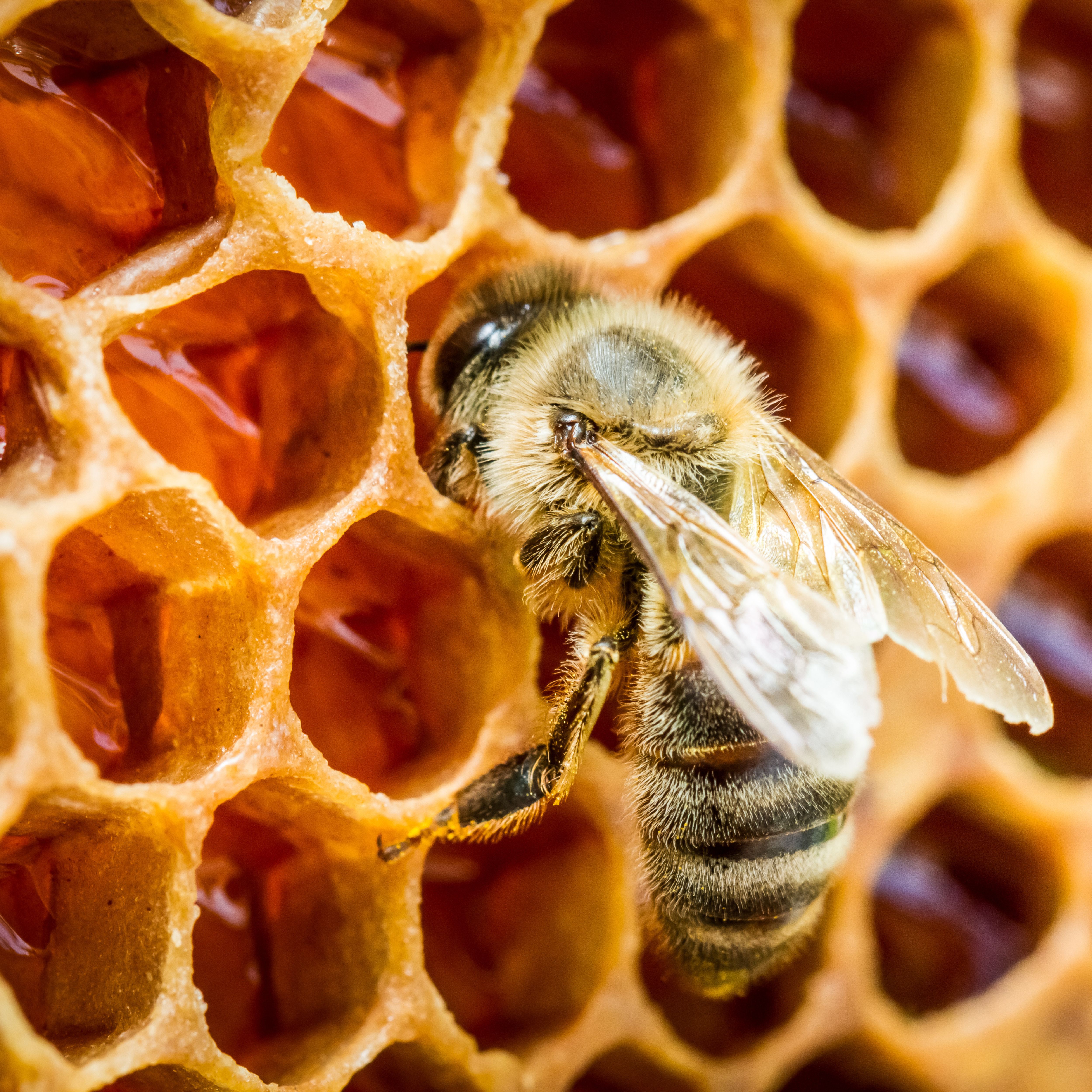
Entertainment and Engagement:
Beyond their educational and research applications, observation hives serve as sources of entertainment and engagement for people of all ages.
Whether installed in museums, botanical gardens, or nature centers, these hives draw visitors into the captivating world of bees.
Watching bees at work can be a mesmerizing experience, fostering a sense of wonder and appreciation for the natural world.
Practical Benefits for Beekeeping:
For beekeepers, observation hives offer practical benefits in managing and monitoring bee colonies.
By providing a non-invasive means of observation, beekeepers can assess the health and productivity of their hives without disrupting the bees' activities.
Viewing hives also enable beekeepers to closely monitor for signs of pests, diseases, or other issues requiring intervention, thus promoting proactive hive management.

Design and Care Considerations:
These hives come in various sizes and designs, ranging from small tabletop models to larger installations suitable for public display.
Regardless of size, proper care and maintenance are essential to ensure the health and well-being of the bees.
Adequate ventilation, access to food sources, and protection from predators and adverse weather conditions are all critical considerations in maintaining observation hives.
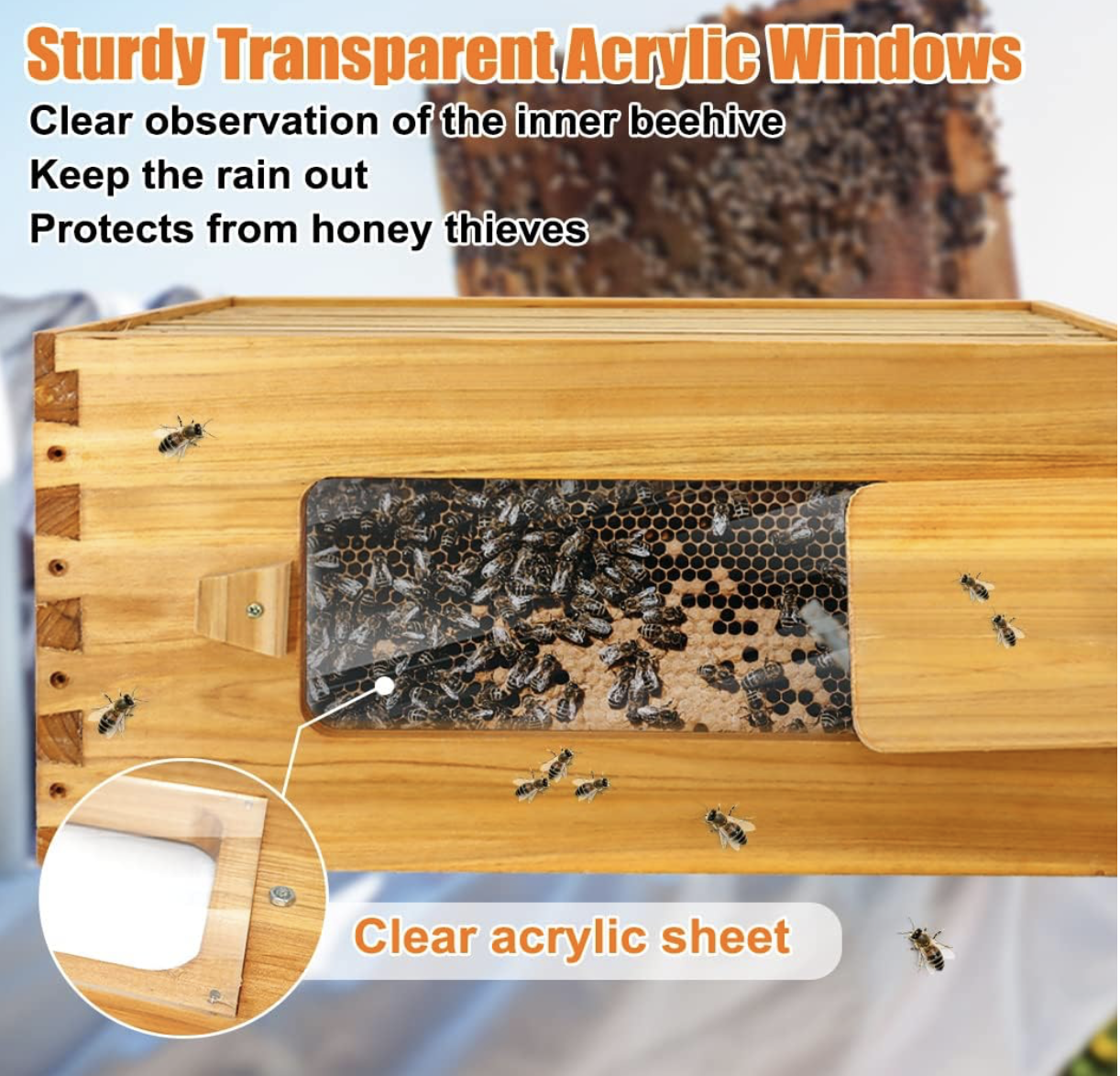
Observation bee boxes offer a fascinating glimpse into the world of bees, fostering understanding, research, and appreciation for these vital pollinators.
Whether used for education, research, entertainment, or practical beekeeping purposes, these hives serve as windows into a world filled with teamwork, communication, and industriousness.
Through careful observation and study, we can continue to unlock the secrets of bee biology and work towards ensuring the conservation and protection of these essential insects.



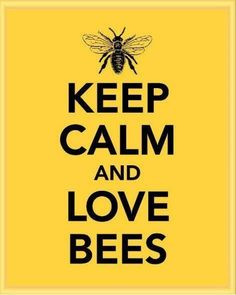

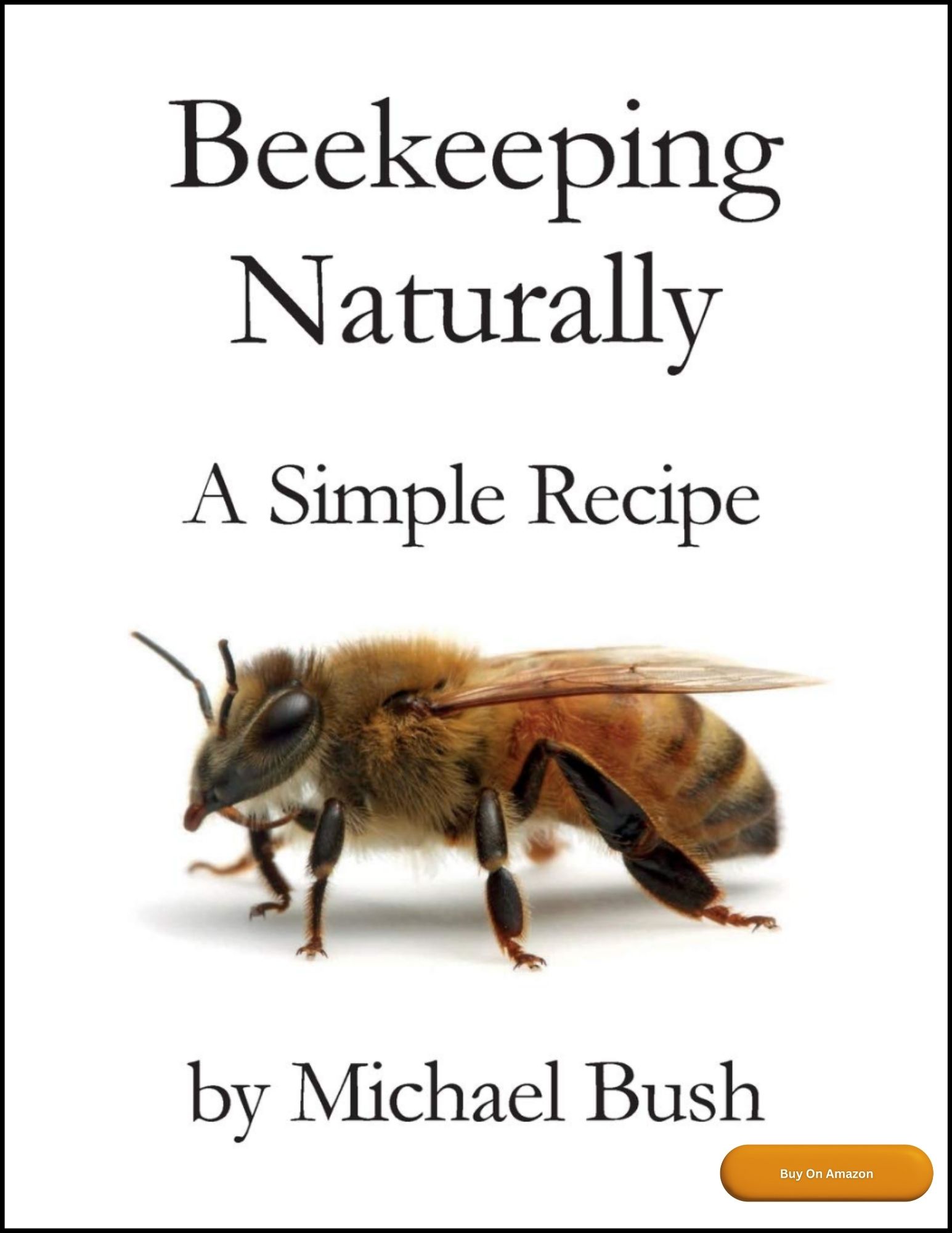
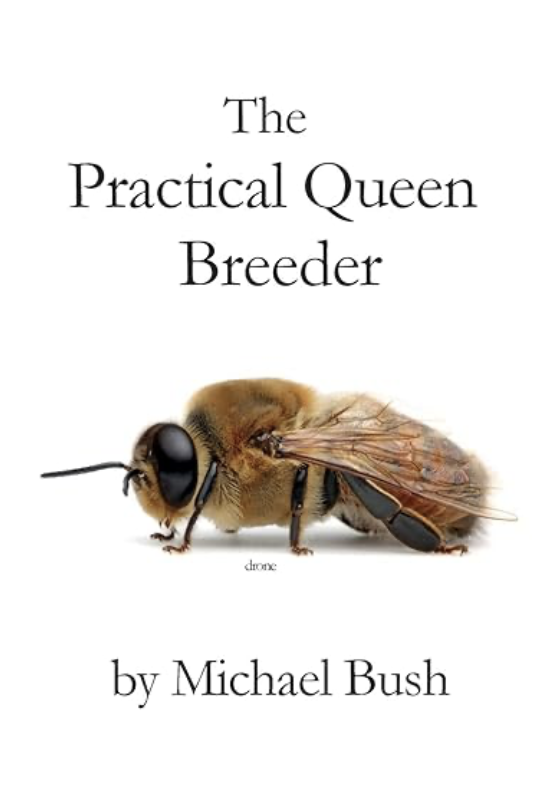
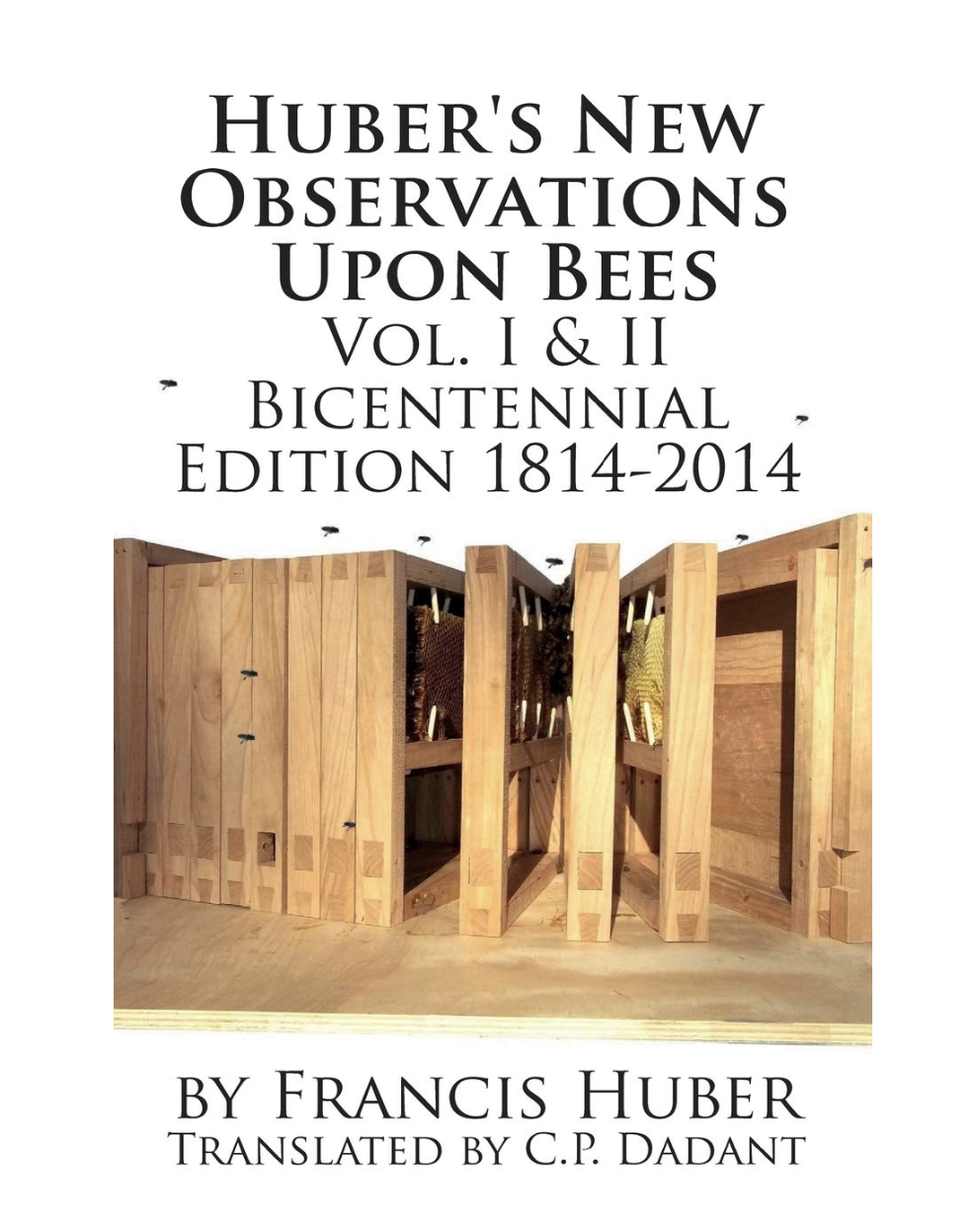


New! Comments
Have your say about what you just read! Leave me a comment in the box below.